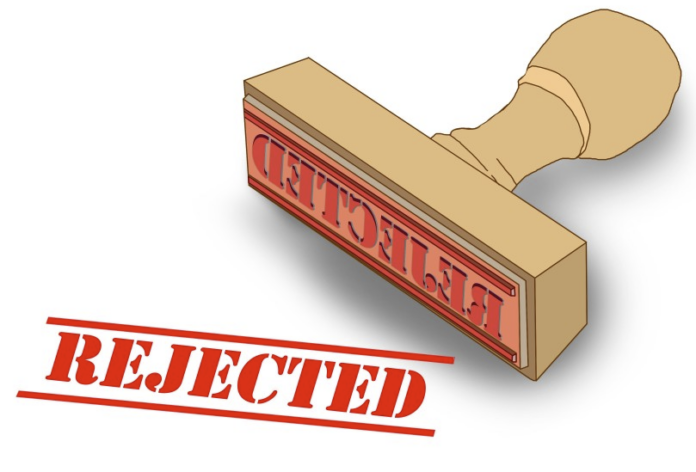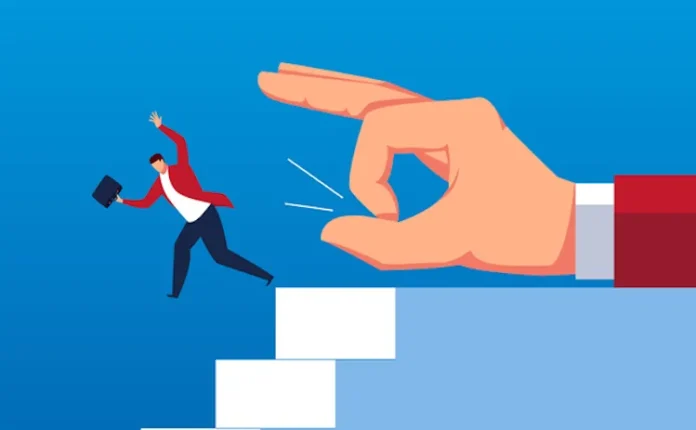Patents are crucial for protecting an inventor’s rights to their innovation. They not only safeguard the novelty of the invention but also prevent unauthorized usage of the same. However, securing a patent isn’t a straightforward process and can often lead to patent rejections. These rejections can be seen as roadblocks, but understanding them can empower you to navigate this journey more efficiently.
The objective of this blog post is to guide you through this often challenging terrain, illuminating the intricacies of patent rejections, and presenting ways to overcome them.
Types of Patent Rejections
Patent rejections are generally classified into three main categories: prior art rejections, non-patentable subject matter rejections, and obviousness rejections. Prior art rejections occur when your invention is already known or used by others. Non-patentable subject matter rejections are issued when the invention falls into a category of items that can’t be patented, like laws of nature or abstract ideas. Lastly, obviousness rejections are given when the invention is deemed an obvious improvement of existing technology. By examining actual cases, we can gain valuable insights into these types of rejections, enabling us to better understand and tackle them.

Reasons for Rejections
Arguably the most common reason for patent rejections is prior art, meaning the invention in question is already known or used by others. This may stem from published works, patents, public demonstrations, or sales of the invention before the patent application. When an examiner identifies prior art that is too similar to your invention, they will issue a rejection. The key is to understand this reason thoroughly and take necessary actions to address it.
Certain types of inventions are not patentable. This category includes laws of nature, physical phenomena, and abstract ideas. It’s crucial to understand that not every innovation or discovery can be patented. For instance, if you’ve discovered a new mathematical algorithm, you cannot patent it because it’s considered an abstract idea. However, if you can apply that algorithm to a specific, practical use, you might be able to secure a patent for that application.
Obviousness rejection is when the patent examiner deems your invention as an obvious improvement or modification of existing technology. This can be subjective and depends on the viewpoint of a “person having ordinary skill in the art” (PHOSITA). The examiner determines whether a PHOSITA would find the invention obvious, considering the breadth of prior art. Therefore, understanding this concept and its application is crucial to respond to such rejections, and don’t even second guess seeking help from InventHelp and similar outlets in this domain.
Responding to Patent Rejections
When your patent application is rejected, the patent office sends you an “Office Action.” This document includes the examiner’s reasons for rejection and provides a window of six months for you to respond. This timeframe is critical, and any delay might jeopardize your application. It’s essential to act promptly and address the issues raised by the examiner.
Each rejection is unique and requires a nuanced understanding of the examiner’s perspective. Your response should be tailored to address the specific issues raised in the Office Action. A clear understanding of the reasons behind the rejection can guide you towards a robust and successful response.
Building a strong response to a rejection often involves gathering additional information and evidence. This could include more detailed descriptions of your invention, technical clarifications, or additional experimental data. Gathering this information is a crucial step to build a robust argument supporting the uniqueness and novelty of your invention.

Working with Attorneys/Agents
Navigating the patent process, especially when facing rejections, can be complicated. Hiring a patent attorney or agent can significantly impact your chances of success. These professionals are well-versed in law, understand the technical aspects of your invention, and can communicate effectively with the patent office.
Finding the right patent attorney or agent is crucial. Look for someone with expertise in your invention’s technical area and a proven track record in handling rejections. They should be able to interpret the Office Action, devise a plan to address the issues raised, and effectively communicate this plan to the patent office.
Drafting a Comprehensive Response
A well-drafted response to a patent rejection should address each point raised by the examiner individually and comprehensively. It’s crucial to provide counterarguments that specifically address the examiner’s concerns, effectively demonstrating why the rejection should be overturned.
A compelling response requires strong supporting arguments and evidence. This might include technical data, expert testimony, or other evidence demonstrating the novelty and non-obviousness of your invention. Effective arguments can convince the examiner of your invention’s patentability.
Your response may also need to include amendments to your patent claims. The goal is to narrow the claims in a way that sidesteps the prior art or non-obviousness issues raised by the examiner, while still covering your invention.

Utilizing Patent Examiner Interviews
An examiner interview is a powerful tool in overcoming patent rejections. This direct communication with the patent examiner provides an opportunity to better understand the issues raised in the Office Action and discuss potential ways to overcome the rejection.
Preparing for an examiner interview requires understanding the points of contention, organizing your supporting arguments, and clarifying any technical details. Your goal is to convey the novelty and nonobviousness of your invention clearly and persuasively.
During the interview, you must present your arguments professionally and respectfully. Always remember that the examiner is not your adversary, but a partner in ensuring that only truly novel inventions receive patents. A successful interview can move your application significantly closer to approval.
Filing an Appeal
If you’ve responded to an Office Action but the examiner maintains the rejection, you might consider an appeal. An appeal is appropriate when you believe the examiner has misapplied the law or misunderstood your invention. It’s a significant step, but can be a powerful tool to overcome a stubborn rejection.
The appeal process involves submitting a brief to the Patent Trial and Appeal Board (PTAB), presenting your arguments as to why the examiner’s rejection is incorrect. The examiner also submits a brief, and you have an opportunity to reply. The PTAB then makes a decision. Understanding this process can better prepare you for this path if you choose to pursue it.

Continuing with Continuations and RCEs
If your original patent application is rejected, you can file a continuation application to try a different approach. This allows you to adjust your claims and argue for patentability from a new angle, while keeping the priority date of your original application.
An RCE allows you to continue examination after receiving a final rejection, by presenting new arguments or amendments. It’s a valuable tool to keep your application alive and maintain the possibility of securing a patent.
Conclusion
Facing a patent rejection may feel disheartening, but remember, many successful patents faced rejections along their journey. With the right strategies, persistence, and the knowledge shared in this blog post, you are now equipped to confront these challenges head-on. Good luck on your patenting journey, and remember, every setback is a setup for an even greater comeback.









